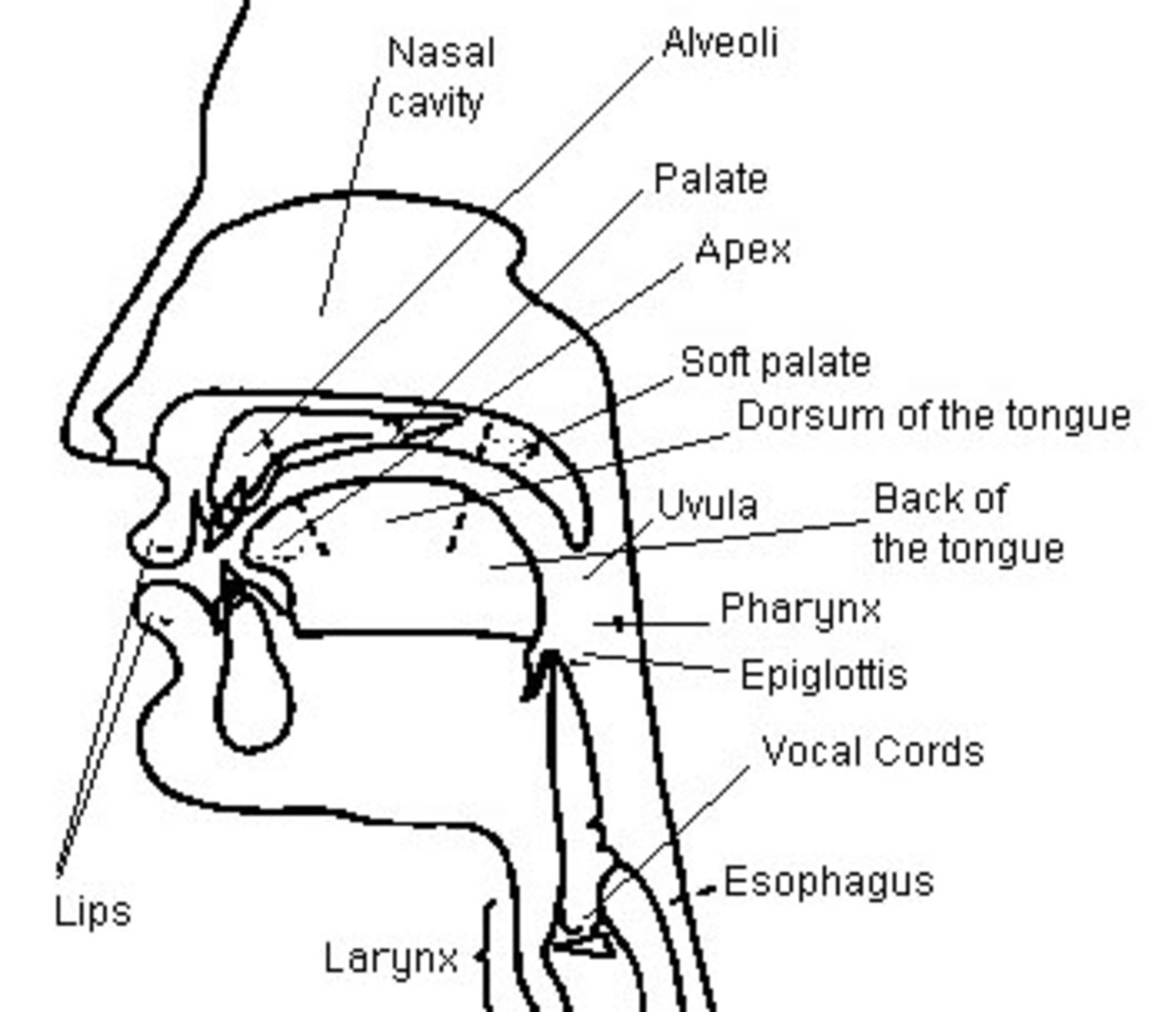The structural syllabus and second language acquisition

Summary
The article, “The Structural Syllabus and Second Language Acquisition”, by Rod Ellis examines the role that a structural syllabus plays in second language acquisition research. He begins the article by defining what a structural syllabus consists of: “A structural syllabus consists of a list of grammatical items, usually arranged in the order in which they are to be taught.” (p. 91) He continues by suggesting that the structural syllabus is the traditional syllabus design method, mostly because it is the basis of grammar translation and audio-lingual methods as well as others such as TPR (Total Physical Response) and “The Silent Way”. The modern syllabuses differ from the structural syllabus because their focus is on the communicative approach. Here Ellis points out that although modern syllabuses have engrossed a lot of attention they have not replaced the structural syllabus. The author exits the introduction by stating the purpose of the article, which is, illustrating the problems with the structural syllabus and listing some ways to correct these problems.
The author begins the body of the article by stating that there are “two hypothesized types of knowledge–implicit and explicit knowledge” (p. 92). Although he does not specifically refer to the structural syllabus in this section he lays groundwork for the proposal of a structural syllabus. He does this by stating that although many researchers argue over the role that implicit and explicit knowledge play in second language acquisition there is a common agreement that grammar plays a role in monitoring the information an individual has either explicitly or implicitly attained. And since the structural syllabus focuses on grammatical items arranged in a specific order, Ellis suggests that this emphasizes the role of grammar and therefore a grammatical (structural) syllabus in second language acquisition.
This leads into the main body of the article: The Structural Syllabus and L2 Acquisition. Ellis begins this section by stating that the structural syllabus “employs a synthetic teaching strategy” (p. 99). What he means by this is that the structural syllabus is designed so that different parts of the language are taught systematically in a step-by-step order which the designer has deemed important and/or necessary. He also points out that a structural syllabus can be used “for the development of either implicit or explicit knowledge” (100).
He begins by pointing out the problems for using the structural syllabus to develop implicit knowledge. The main problem is that there are some syllabuses that require the students to immediately master a specific structural element before moving to the next, and then there are those that require a gradual mastery and each structure will not be fully mastered before moving to the next. Ellis suggests that immediate mastery has several flaws. The first problem with the immediate mastery is that the designer must be able to know exactly what elements the students need to master and in which order. Another problem comes from a study by Bley-Vroman (1983) who argues that, “learners construct their own rules, many of which are transitional and hence do not correspond to any of the rules found in a reference grammar of the target language” (p. 101). The third problem with immediate mastery is that the syllabuses treat each structural as independent, whereas many grammatical structures are interdependent. Due to these problems, Ellis suggests that gradual mastery is the way structural syllabuses need to be designed if they are to be used for implicit knowledge development. In closing this section, he suggests that the way to correct the problem with the structural syllabus being directed at implicit knowledge is to teach structure for comprehension not production, but even doing so there still is the problem of learnability.
Ellis continues into the next section by stating that “another way in which the problem of learnability can be side stepped is by making the goal of a structural syllabus explicit rather than implicit knowledge” (p. 105). This means that the syllabus is only for forming a conscious understanding of grammatical rules; however students will never be required to use that knowledge in fluent production. The problem then arises of what a syllabus for explicit knowledge will contain. The author suggests three possibilities: First he suggests that the syllabus may be made using criteria that has been traditionally accepted and used. The problem with this is that many disagree with traditional criteria. Second, Ellis suggests that the syllabus be created to teach patterns obtained from “the study of linguistic markedness” (p. 107). The problem with this is that there is a disagreement on whether to teach marked or unmarked features. Third, he suggests that the syllabus be structured by the idea of remedial teaching. This suggests that the students will learn better if they focus on what they do not know rather than teaching them whole grammar. The problem with this, however, is still the same problem with implicit knowledge structuring; learnability. He ends this section without stating which of these three possibilities might be the best method.
Finally, the author comes to the conclusion. He reiterates that the goal of a structural syllabus needs to be focused on comprehension, not production. As well as this he re-emphasizes the necessity to use the syllabus to teach explicit knowledge. He states that this is done by teaching the overall grammatical rules or what he refers to as “metalanguage” (p. 109). The author suggest that because the goal is ultimately production and communication, the structural syllabus cannot be seen as the complete language course, rather only as the starting goal. Because of this, Ellis finishes the article by suggesting that the structural syllabus should only be viewed as a facilitator and not a “prime mover of L2 acquisition” (110).
Response
The direct implications of this article on classroom instruction are enormous. First of all, this would specifically define the method you would use to teach. The Grammar-translation method and all its variants could still be used to an extent; however they would only be starting points for the rest of the course or an overlying structure for the beginning. This is especially true if the goal of second language instruction is geared toward communication in the L2 as its end goal. While Ellis does argue that the structural syllabus can be used implicitly, however inefficient that may be, he suggests that the better way would be to create it for the development of explicit knowledge. This limits the goals of second language education. What I think the author may have overlooked is that the grammar could be taught both explicitly and implicitly. The teacher doesn’t have to pick one or the other. If an overlying structure at the beginning of the course was taught (explicit knowledge) with an implicit structure carried throughout the course of the student’s second language instruction the student would have a better understanding of the grammatical structures and their uses.
Another problem I had with the author’s article is that while I do think that teachers need to aim for comprehension, I feel that Ellis cuts short the practicality of production. If the end goal of second language instruction is comprehension, then the ability to produce, or reproduce grammatical structures is important. As he said earlier in the article, there is clear evidence that when grammatical production is emphasized the students pick up the second language quicker and understand the language better. I think that the data clearly goes against leaving grammar as only the facilitator rather than the structure for language acquisition. While humans must have some level of understanding language elements in their L1 it goes a little too far to say that their L2 can be acquired in the same fashion. This can only be true if the person is bilingual in which case, they are not learning a L1 and a L2, but rather they are learning two L1’s. Furthermore, I think it goes too far to say that the L1 is learned solely by comprehension, rather than the person learning grammatical structures for production and then comprehension occurs. Throughout the course of childhood, from the time they begin speaking, and even before, the child is corrected often on his grammatical usage. While this may be overlooked, I believe that it is grammatical instruction for production.
Specifically for second language instruction, Ellis does offer some practical and valuable advice on how to implement a structural syllabus gradually. In second language instruction grammar cannot be taught immediately. This is because grammatical structures rely on other grammatical structures for functionality. A gradual approach, which Ellis argues for, will allow students to build on the grammatical structures that they already know, but will also teach the students that grammatical structures are interdependent on one another. In instruction, this means that the students will be given the chance to take what they already know (whether implicitly or explicitly) and apply it to new grammatical structures which will create different grammatical structures. This also means that grammar cannot be seen as a starting point or the main point, but only as a means to a communicative and holistic language study. This also means that in instructing, a structural syllabus may be used with communicative methods, rather than just the Grammar-translation Method and/or the Audio-lingual Method.
Bibliography
Ellis, R. (1993). The Structural Syllabus and Second Language Acquisition. In TESOL Quarterly, Vol. 27, No. 1, pp. 91-113.









